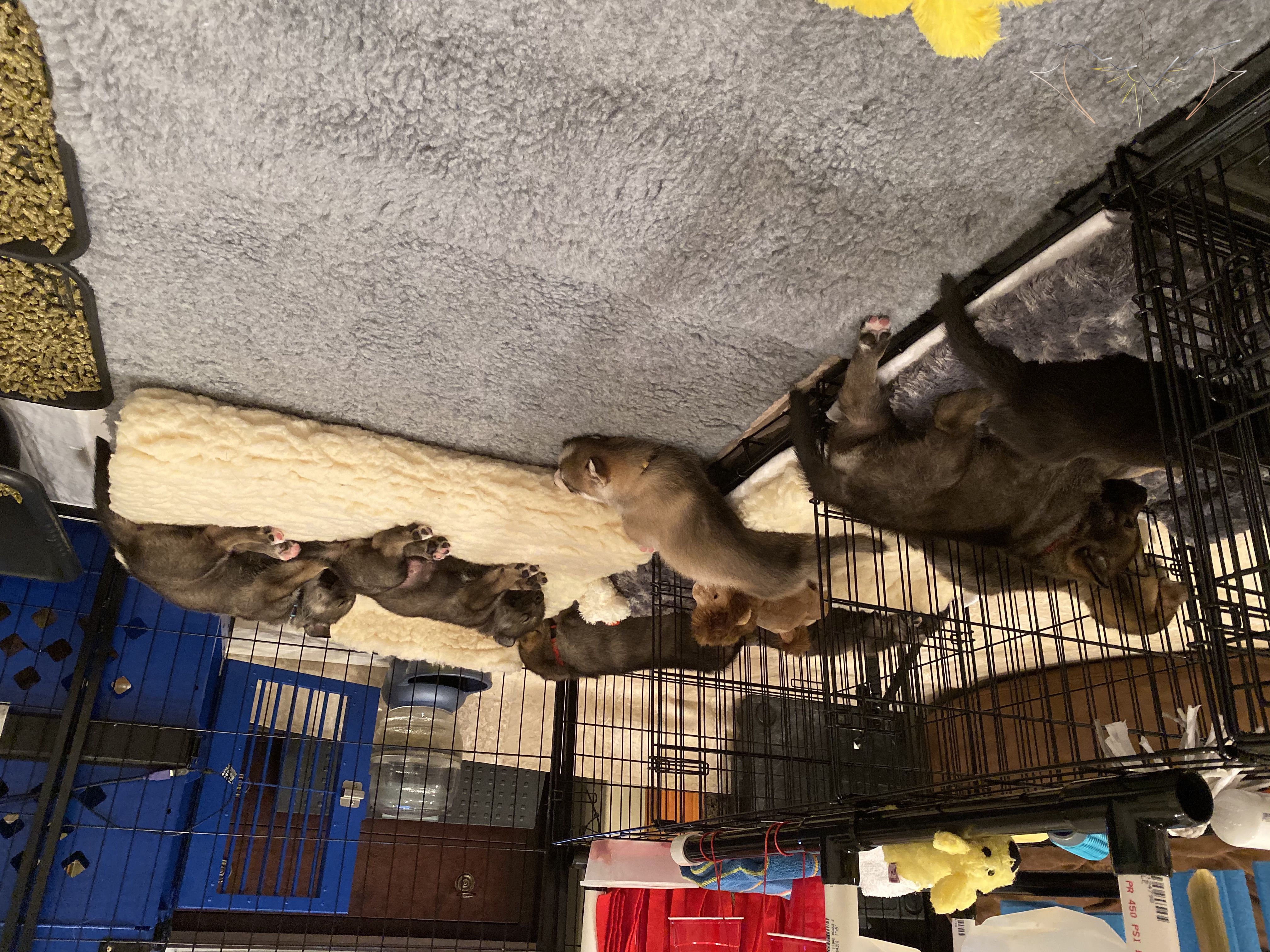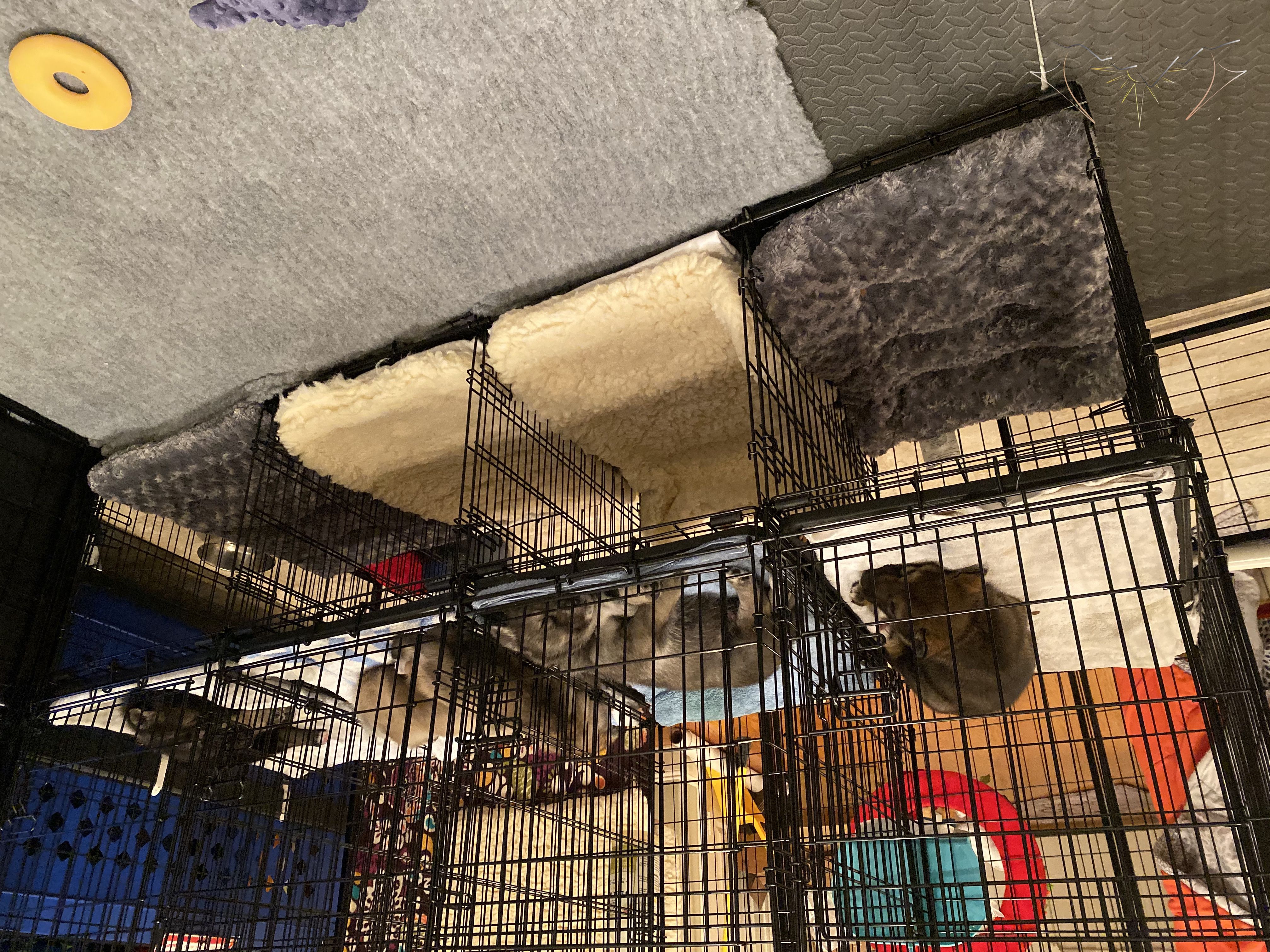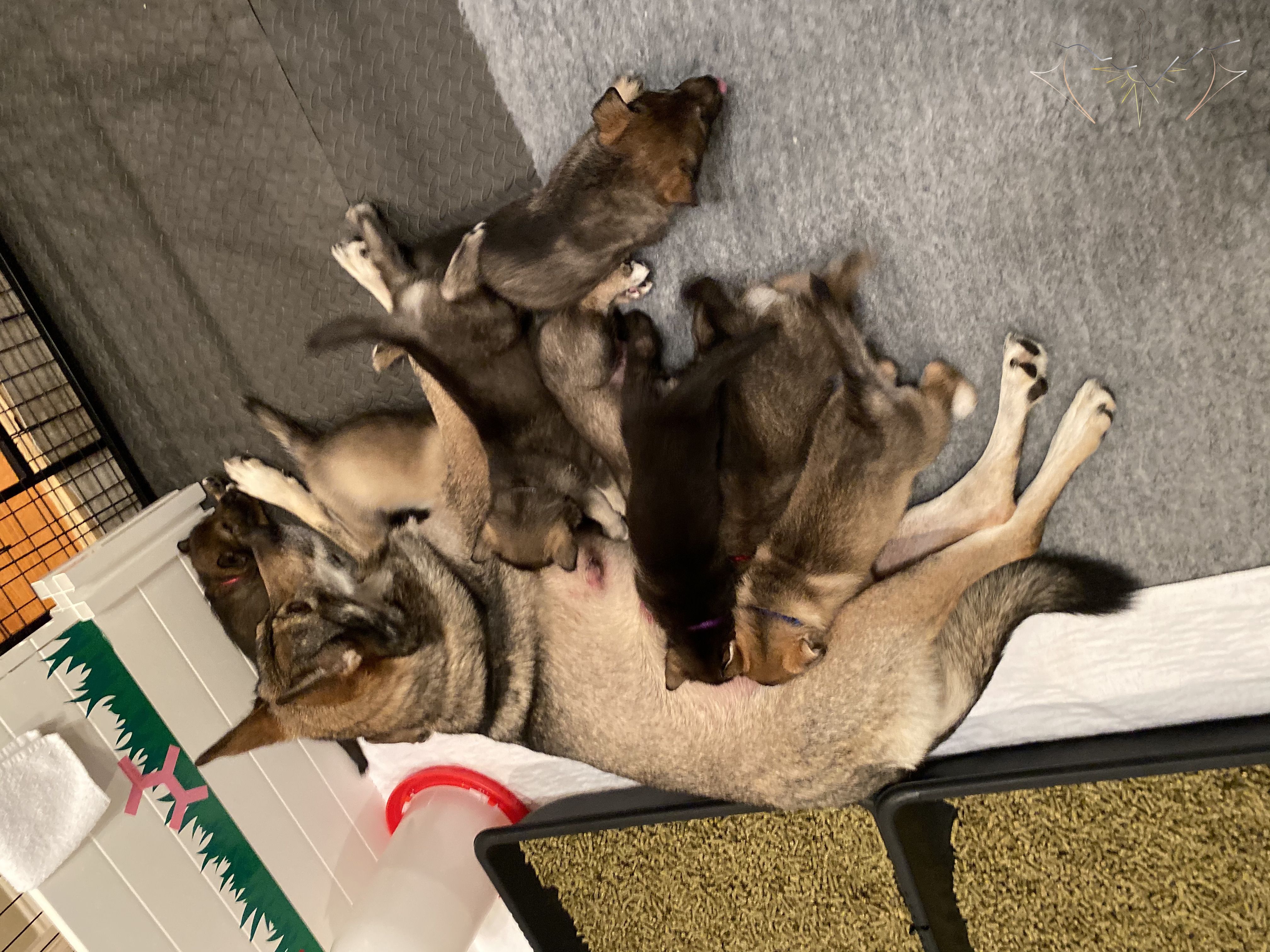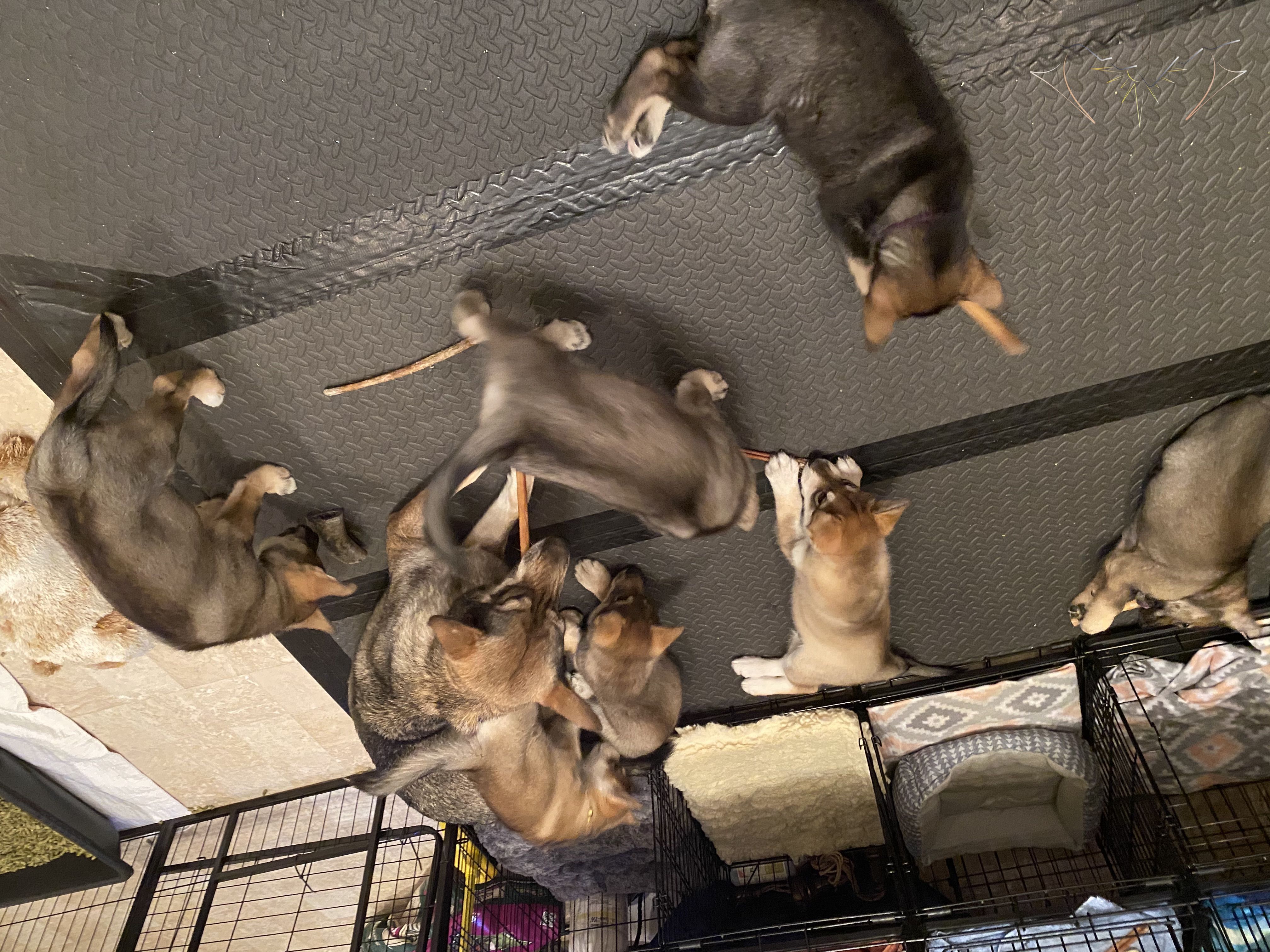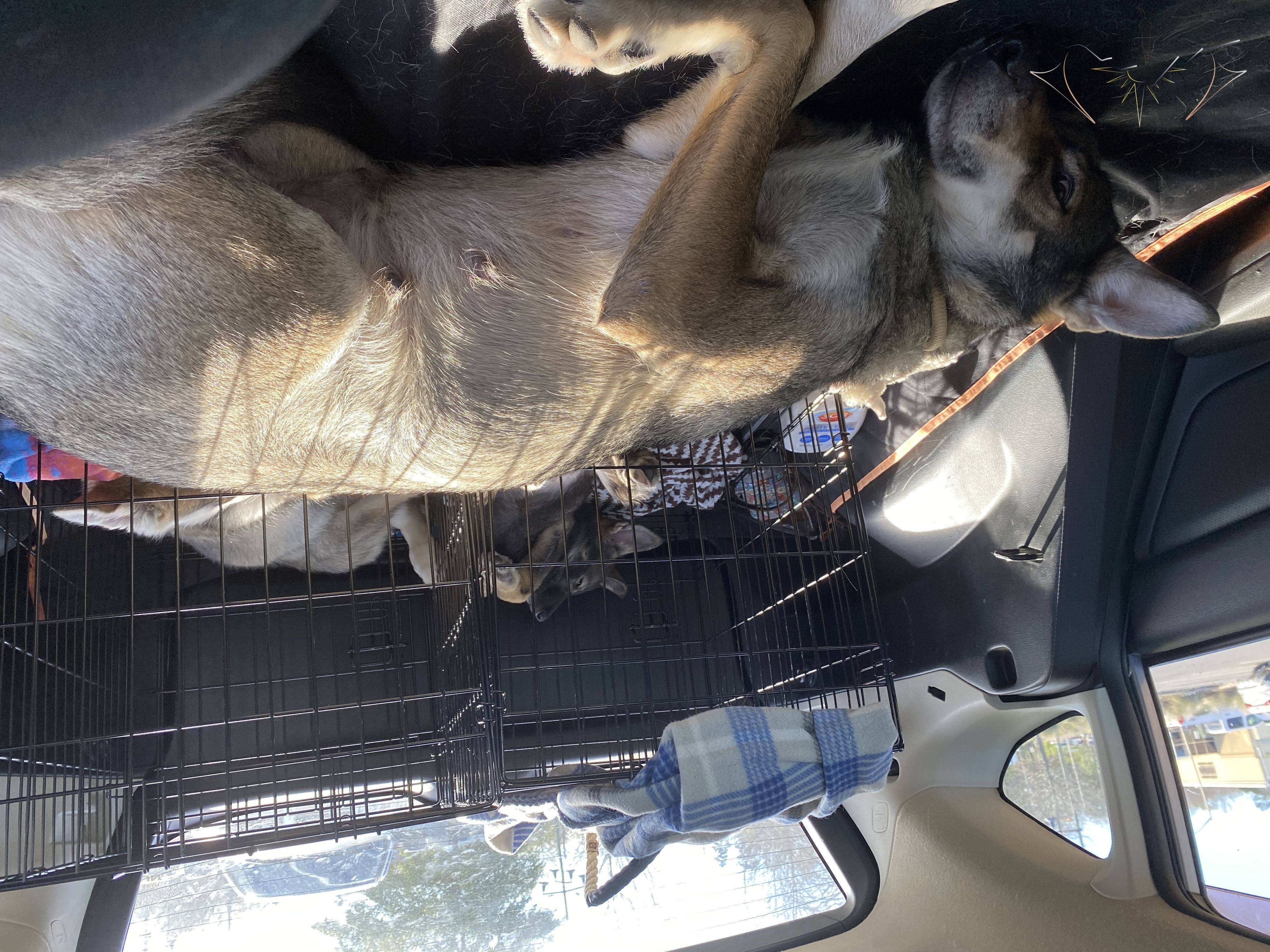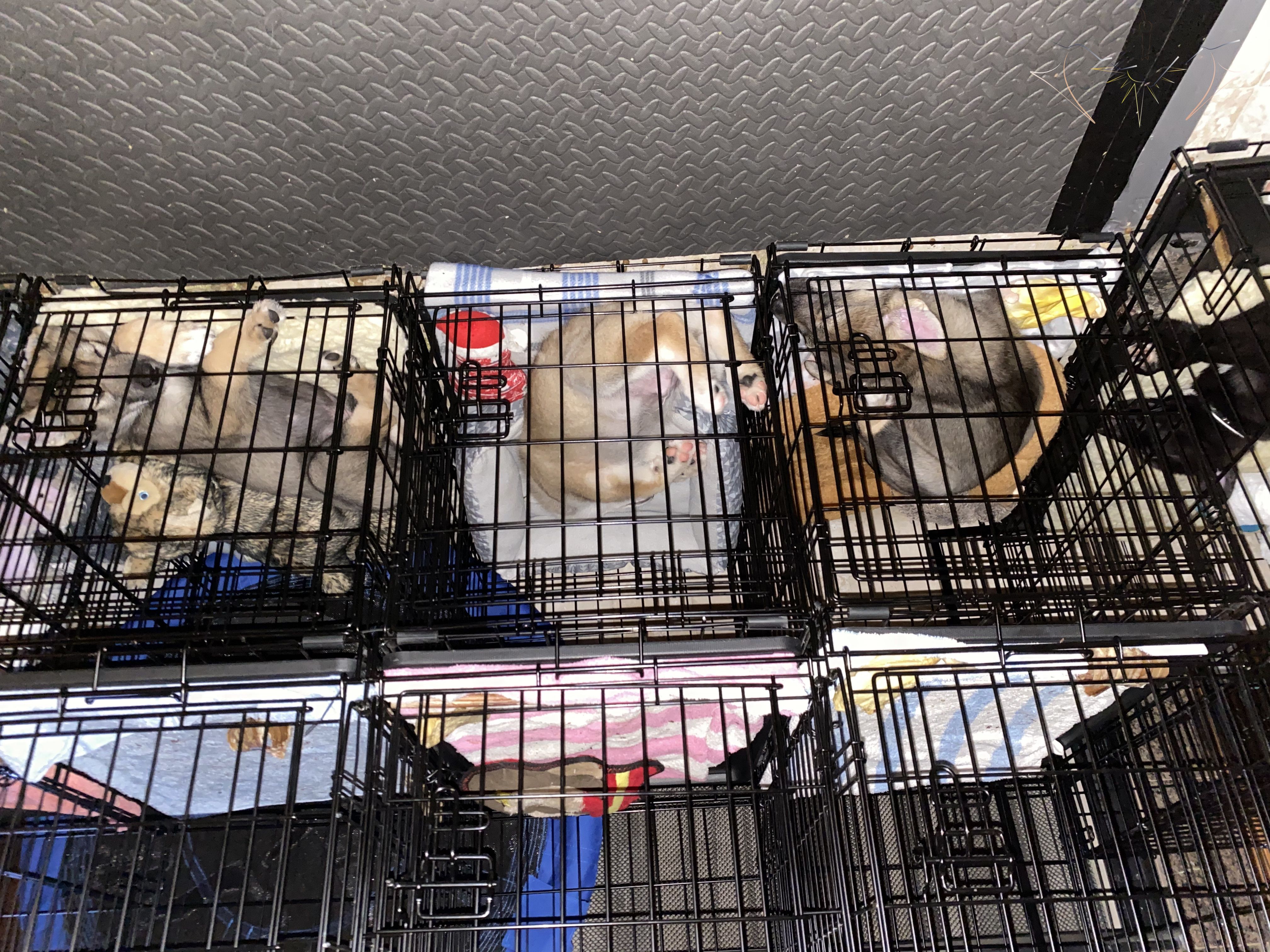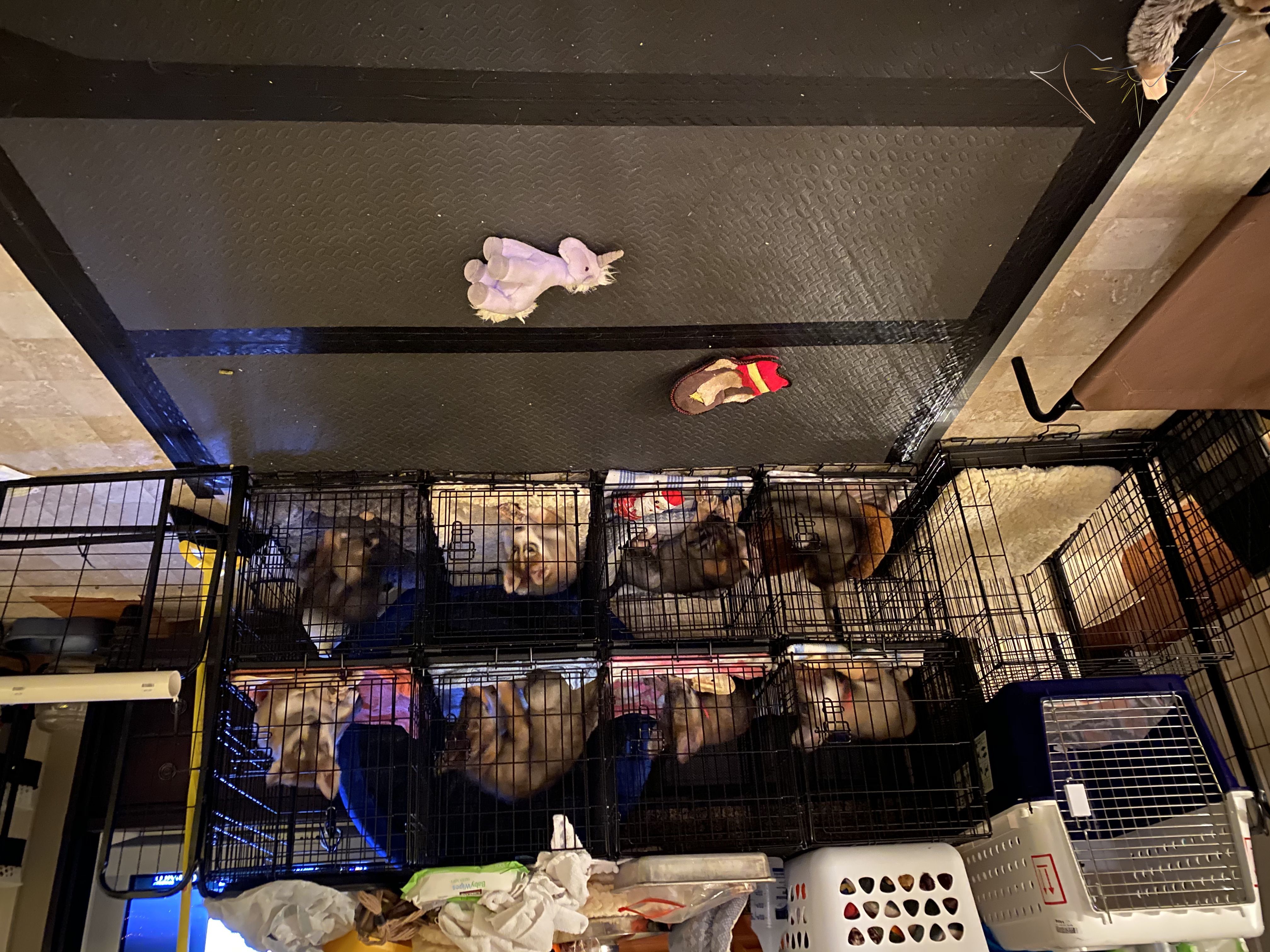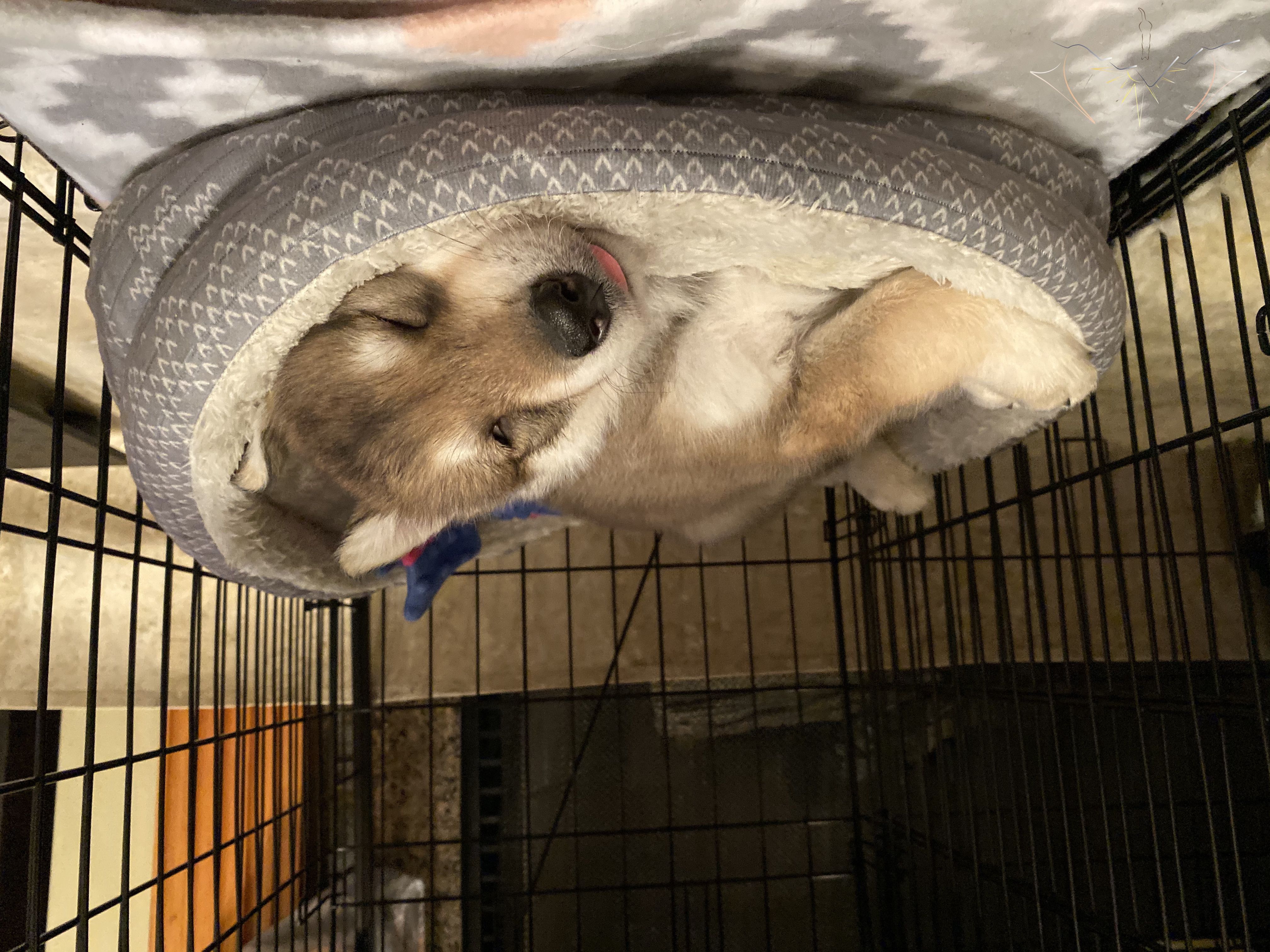Clickety Split
What are these two programs?
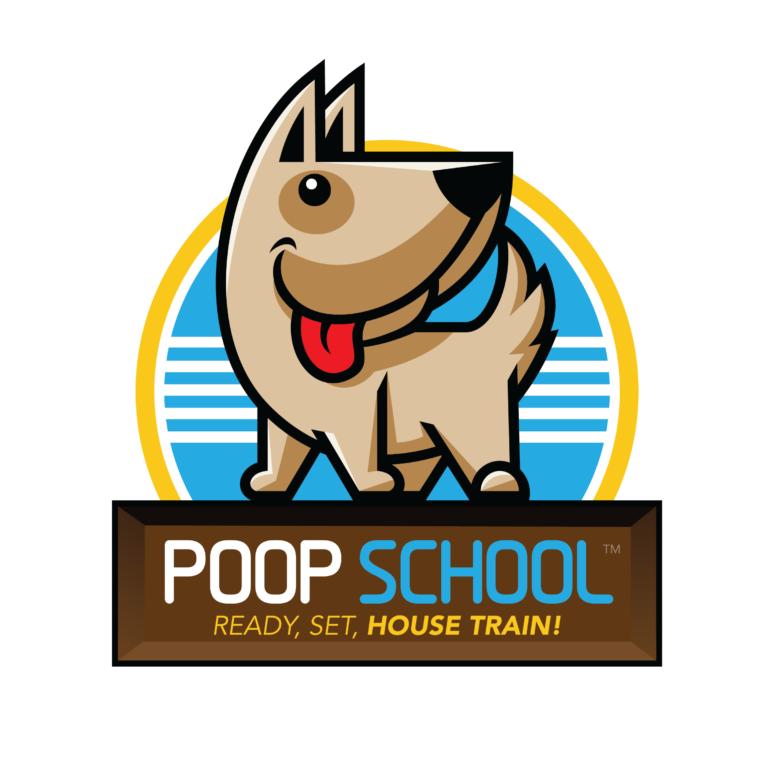
There are three entry levels for Poop School: House Training Basics (for families), Basic for Breeders, and Premium for Breeders. I chose to join this program as a premium member when I was offered the option to beta test for crate school for a very discounted rate. I saw the value in both programs and wanted to support Susanna as much as I could for her work. This options also allowed me to have ongoing access to all materials and benefits as well as be able to offer House Training Basics enrollment for any Sundog families who welcome home a dog through our program. Knowing how empowering early potty training success can be I feel this is worth more than I can express to my program.
I tried many different things, talked to many different breeders about their struggles and successes with litter box training, devised a plan, used it, changed it, making continual improvements based on my experiences and observations over several years. I finally hit upon a system of litter box and cleanliness training that created clean habits that persisted into the new home, that worked not just for me and my puppies but for all sizes and types of dogs. A plan that allows puppies to teach themselves to prefer to be clean, that reduces caregiver clean up time, reduces opportunities for pathogen spread, is easily adaptable to different set ups, and produces puppies that are easier to house train and cleaner in the new home.
After all of her hard work Susanna polished this program. It starts practically at birth with the positioning and design of your whelping box and following through on your layout and interactions melting into a management plan that funnels puppies towards the behavior we want - potty training! By understanding and utilizing the puppies natural instincts and developmental stages you learn to adapt your setup to fit the needs of your breed through observation and data collection to get the end result of confidant and clean puppies that are regularly fully potty trained before they go off to their families.
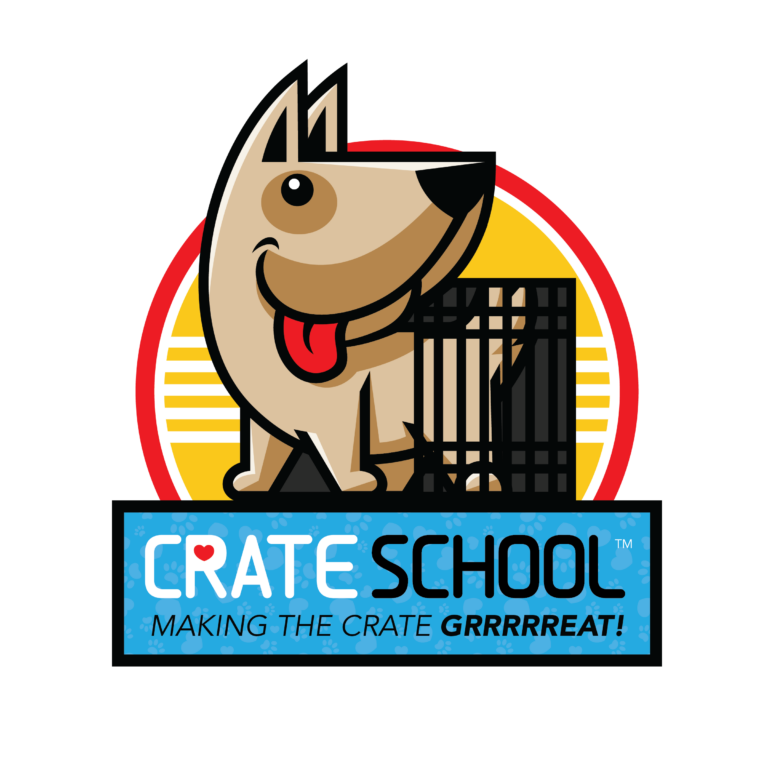
There are three entry levels for Crate School: Confident Crating (for families), Basic for Breeders, and Premium for Breeders. I chose to join this program as a premium member so that I would continue to have ongoing access to all materials and benefits as well as be able to offer Confident Crating enrollment for any Sundog families who welcome home a dog through our program. I was actually a beta tester for this program and the PT Boat litter contributed to the development and testing of the program as it is today. I was thrilled to be offered that opportunity by Susanne and am please this the results I saw even through a partial program. So much so that I can't wait to use the finalized form with future litters.
Positively crate conditioned puppies experience less transition stress, settle more easily into their new homes, and are easier for the new family to crate train. Setting puppies and their new families up for success.
Leave behind the old “scream it out” days and learn a system that works with the puppy’s natural instincts, is based in positive reinforcement, and is easy to transition to new puppy families.
The system focuses on practical and pragmatic breeder skills, practices, and techniques.
The program was built to work in conjunction with Puppy Culture and other similar systems (like Avidog), but a breeder and trainer. It utilizes early learning and whelping/weaning pen designs and layouts to foster and encourage clean crate behaviors, reinforcing desired choices, minimize or eliminate the ability through design and initiative for puppies to make poor choices, capturing positive interactions through routines, games, and special interactions, building understanding on how to reinforce desirable choices by your puppies, and slowly building basic crate skills into our everyday interactions so that puppies are confidant and comfortable going off to their families with basic crate skills that can be built on and fostered after the go home in a similar calm and positive light through a program and support designed for these families.
How Does It Work?
Pre-Whelp
Set Up
The location and direction of the whelping box and how I expand the pen are critical to the success of these programs - especially poop school.
Pre-Whelp
7-11 Days Old
Divide & Conquer
Once pups start defecting on their own create a sleeping texture and a "potty" texture to delineate by feel. Make the distinction in early memory -it sticks.
7+ Days & Beyond
Selecting Access
Carefully place enrichment and nurture items in ways that build you up v cause road blocks. Locations of food, water, toys, and new items can be done with precision.
7+ Days & Beyond
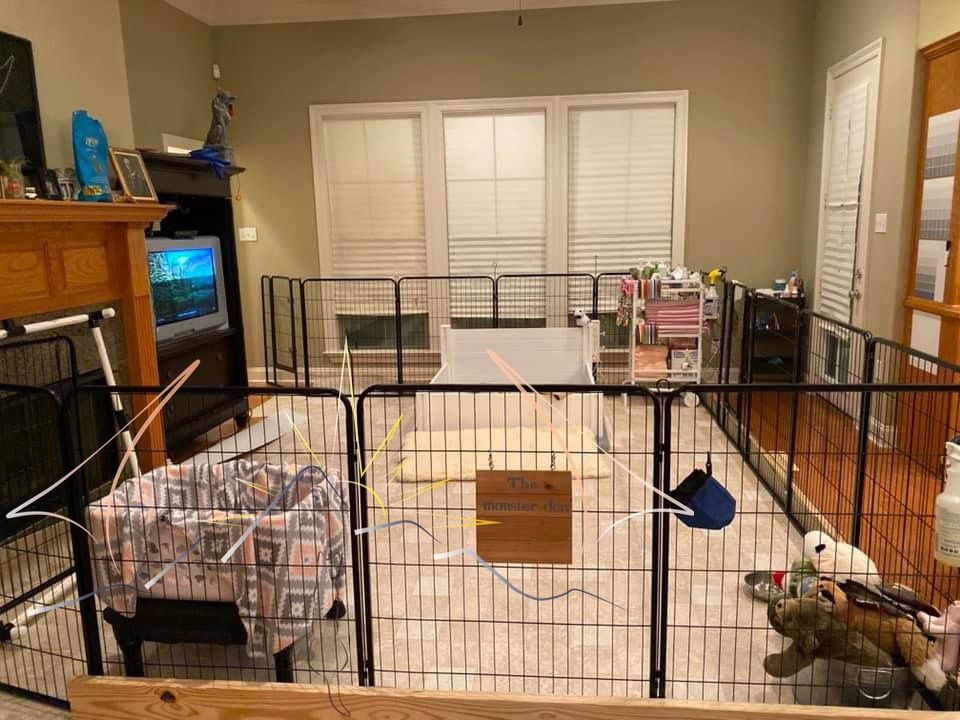
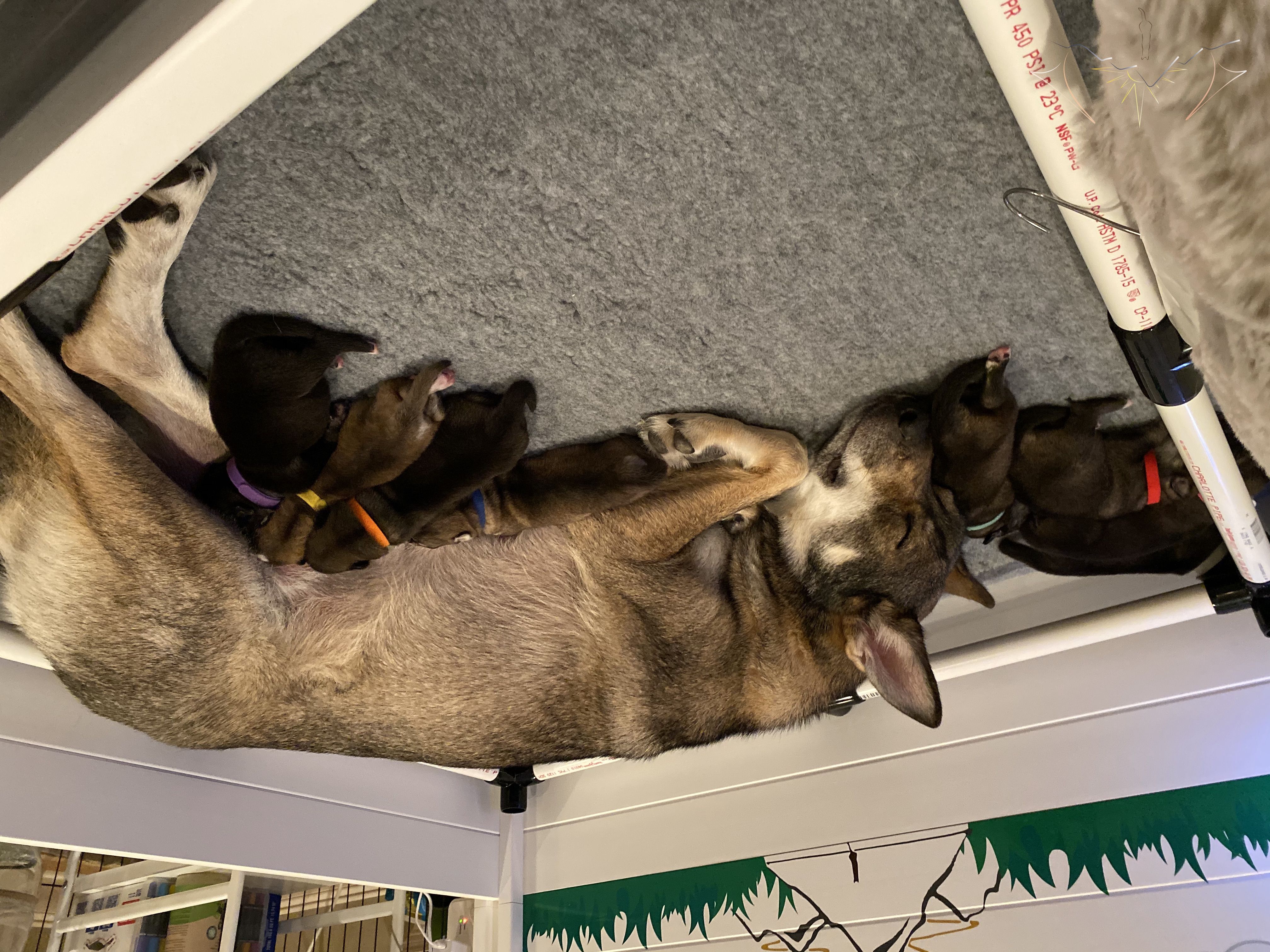
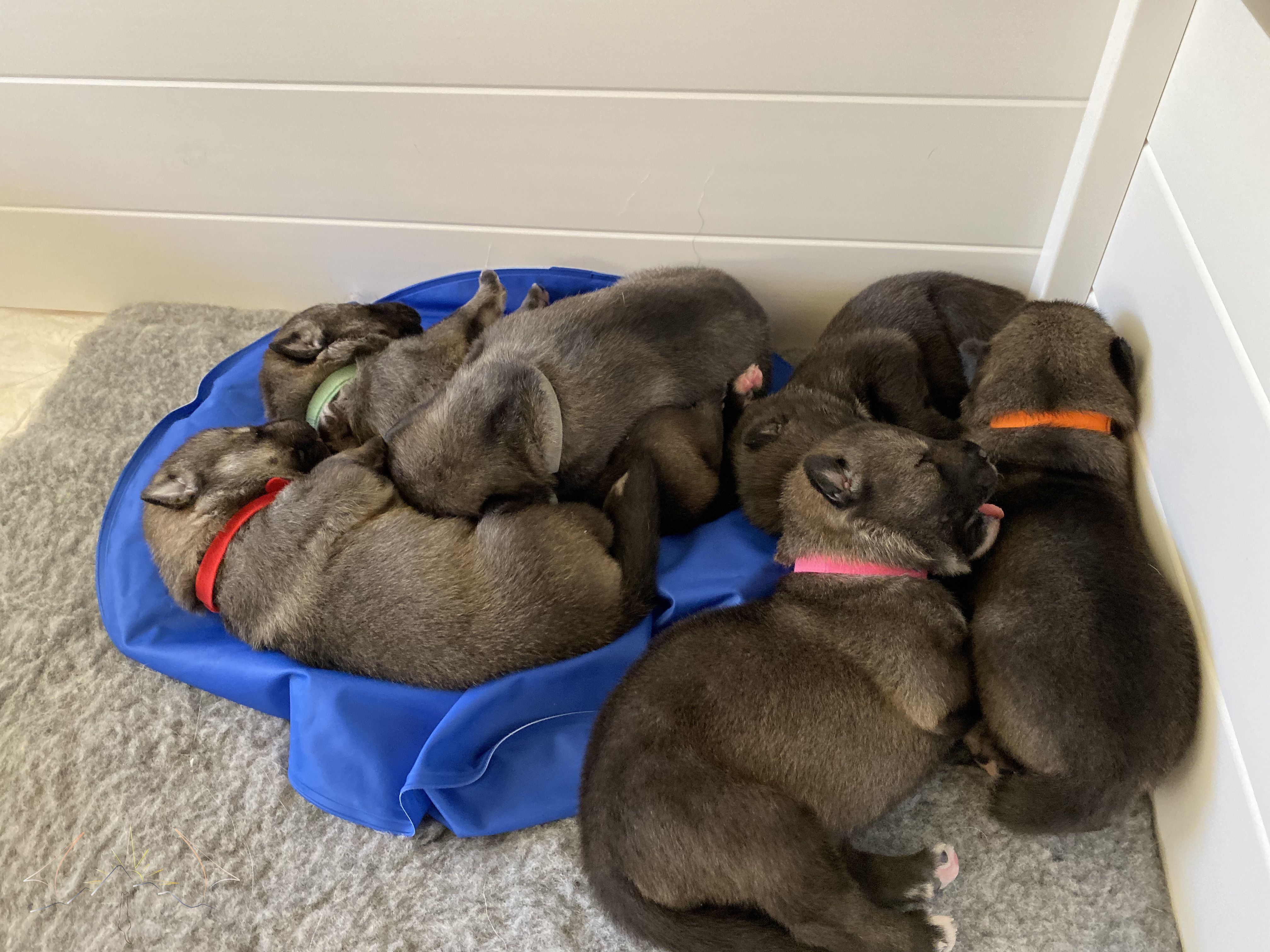
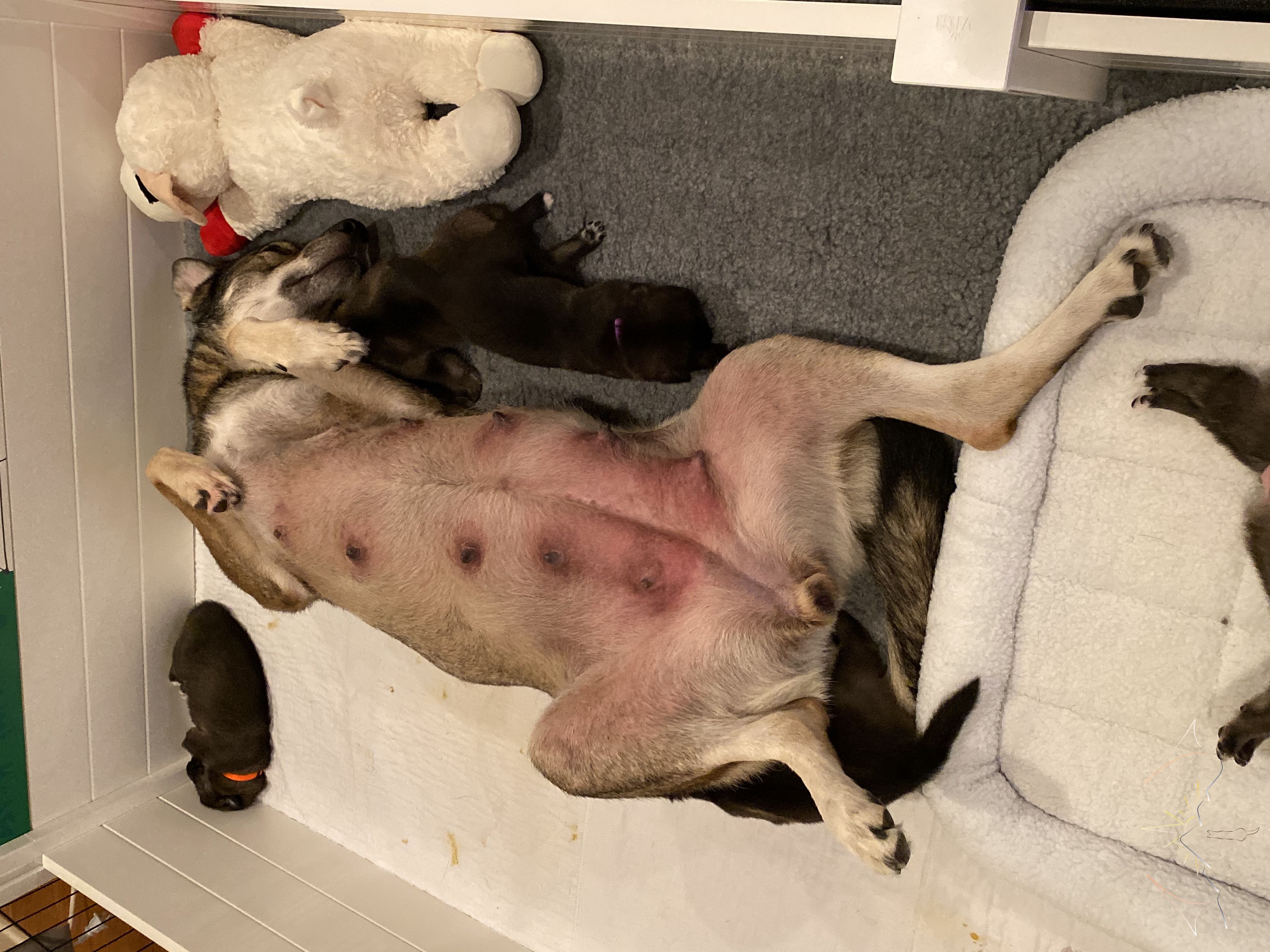
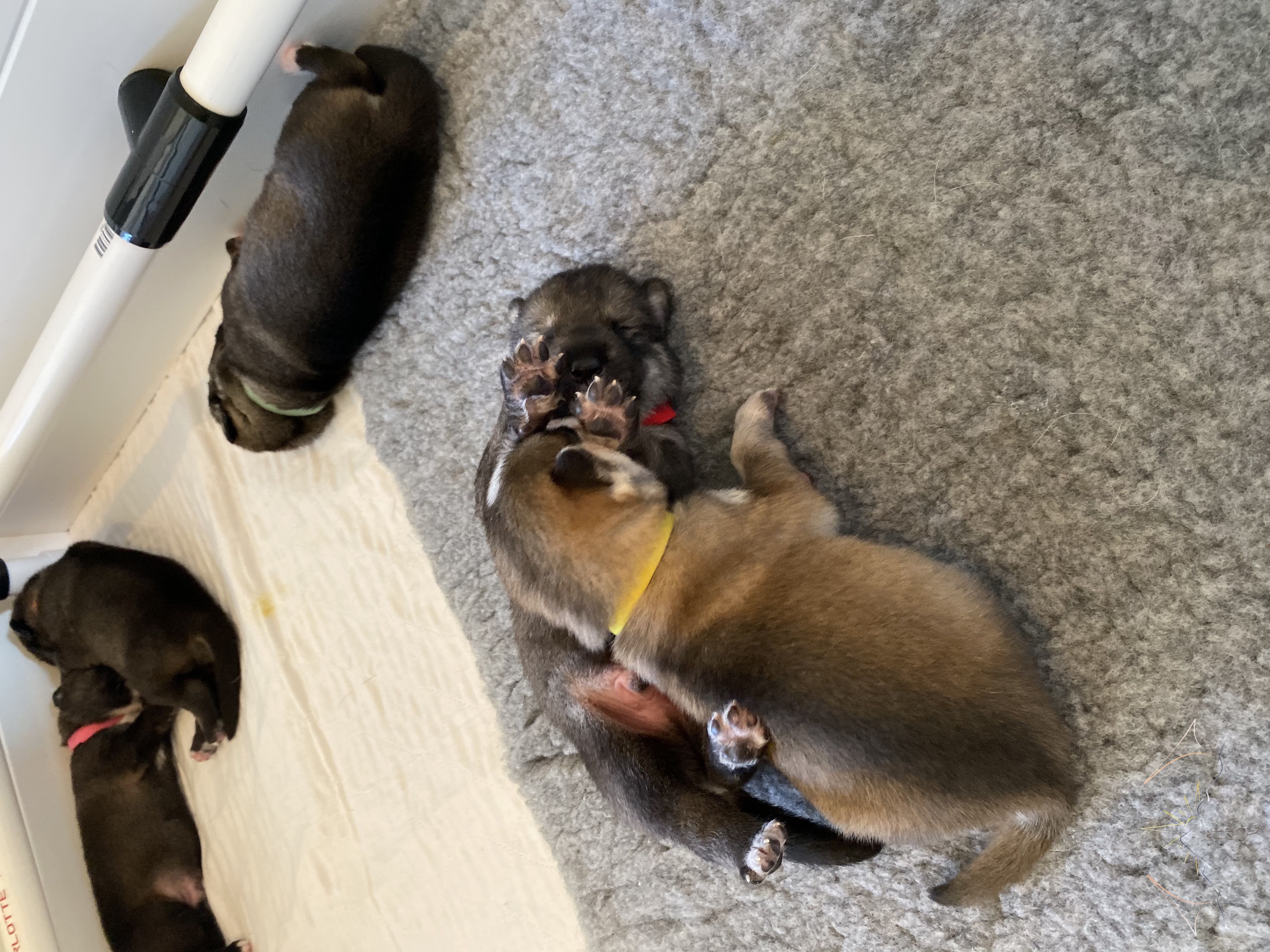
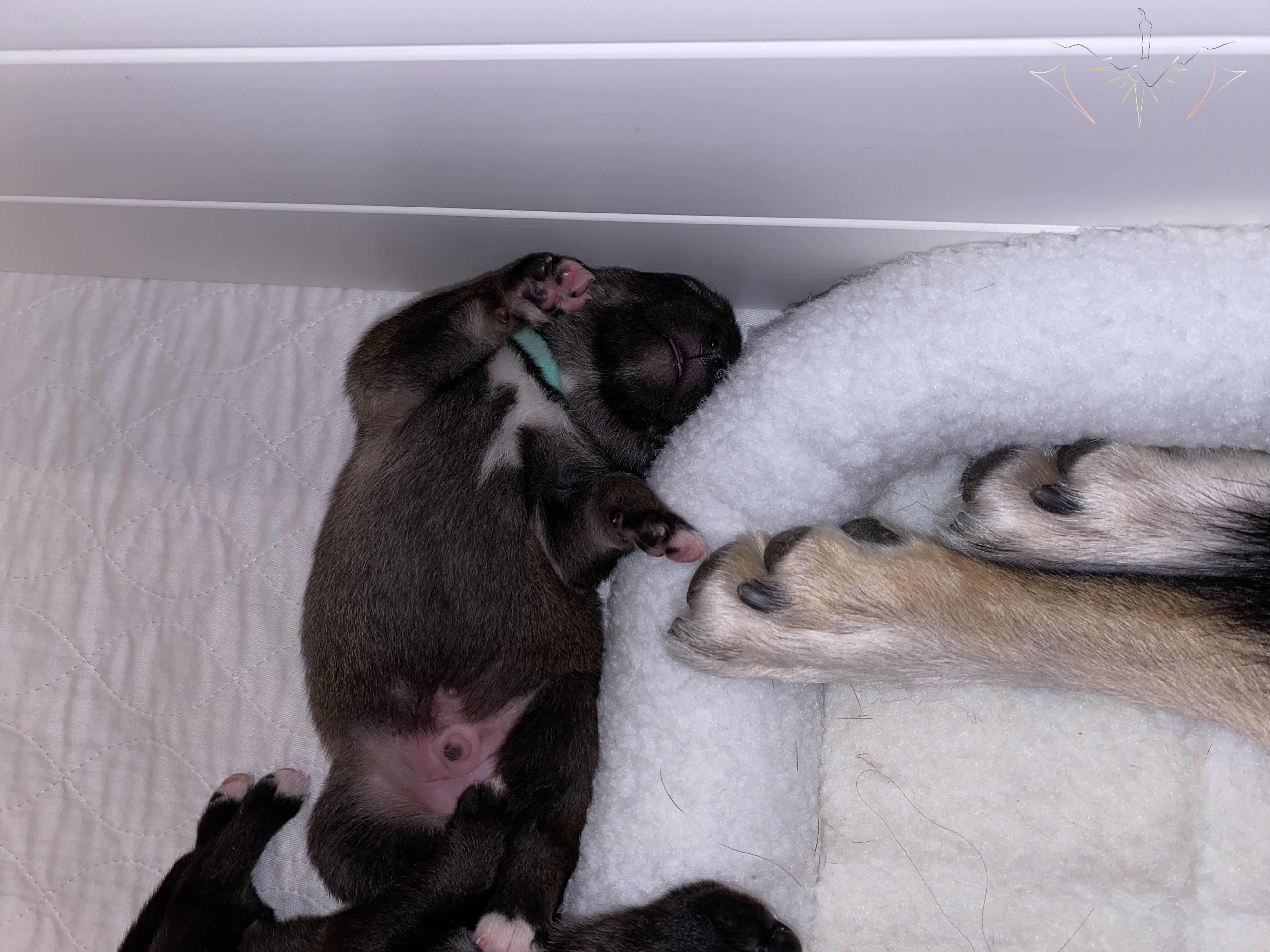
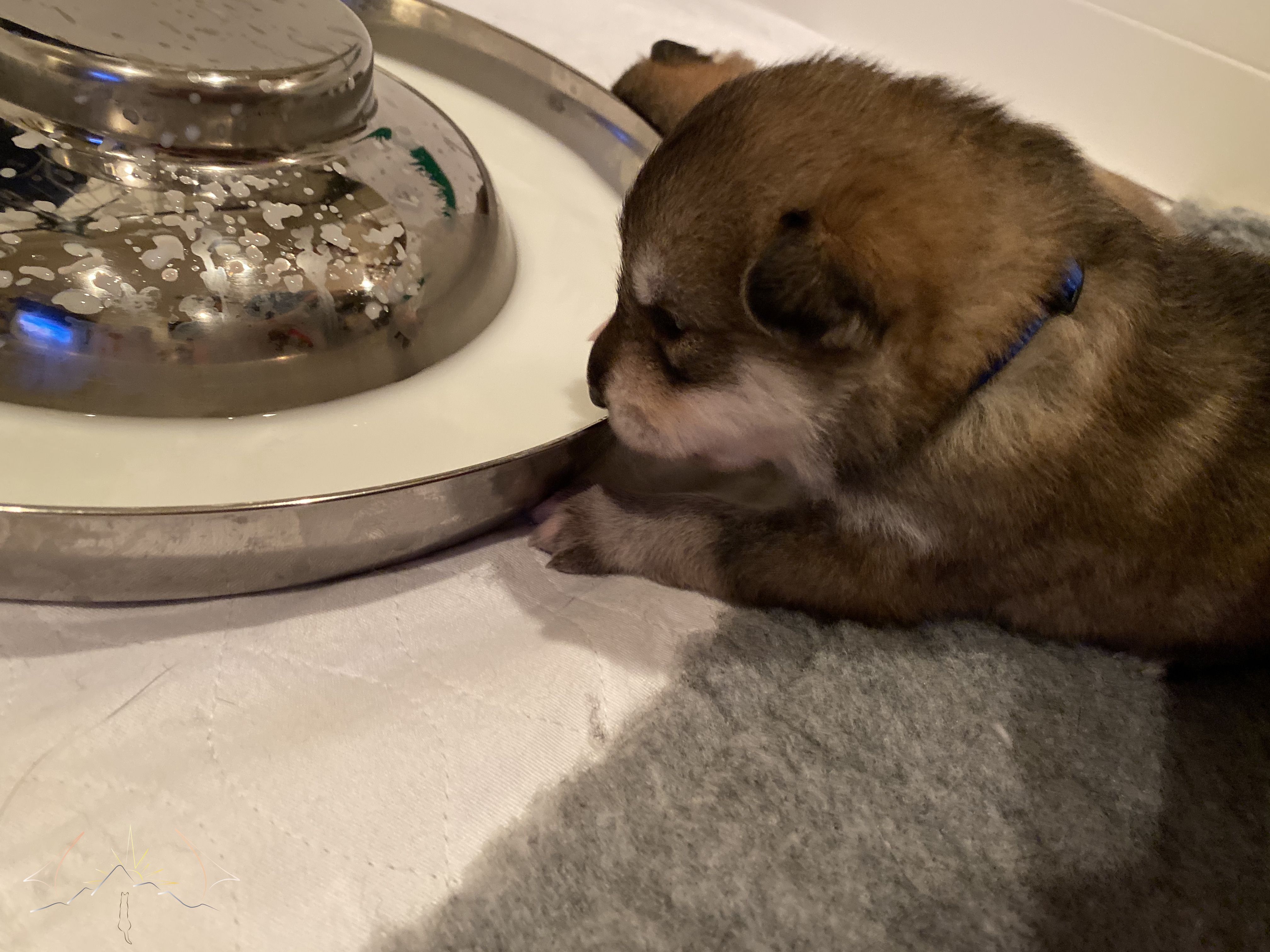
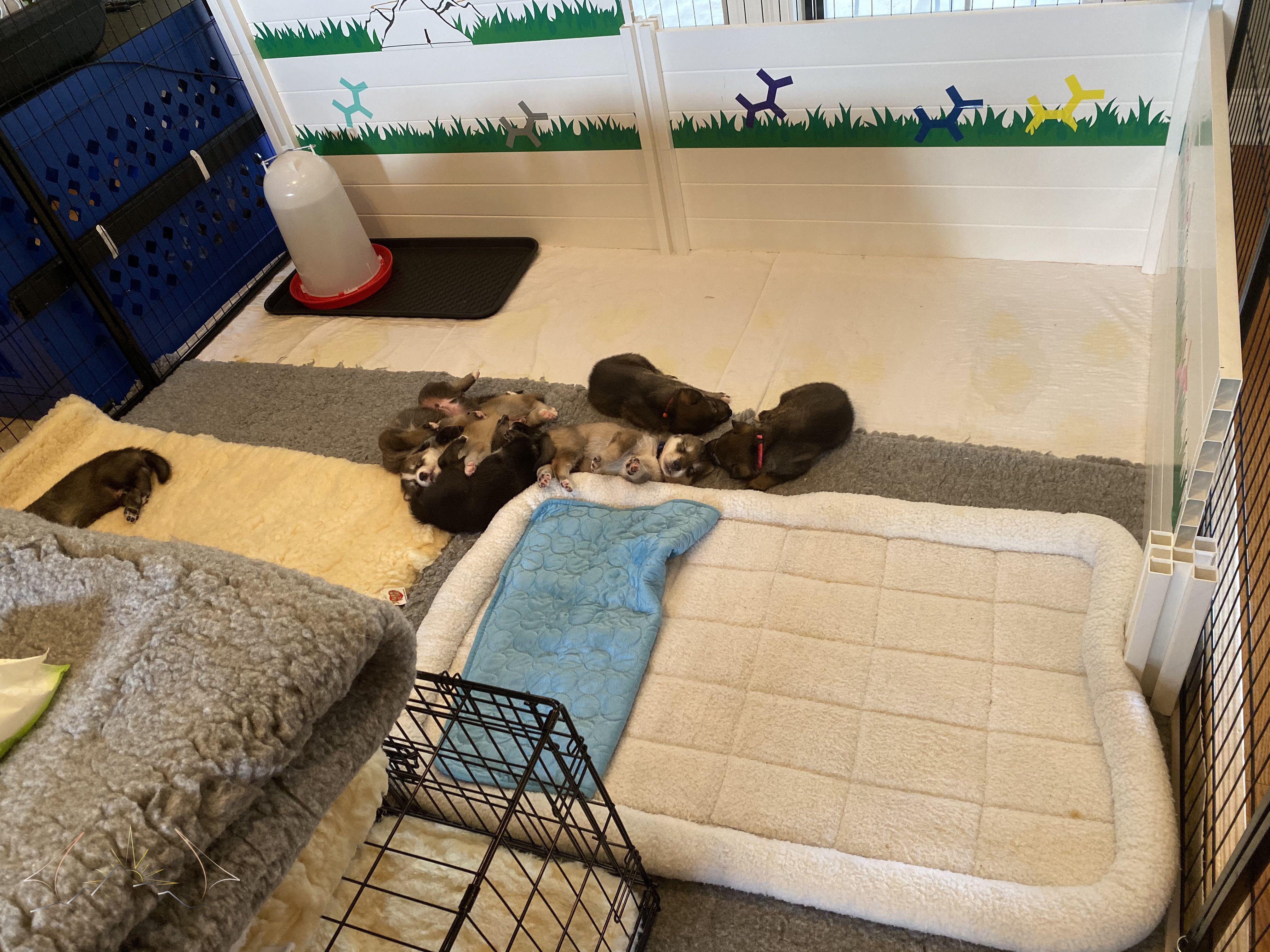
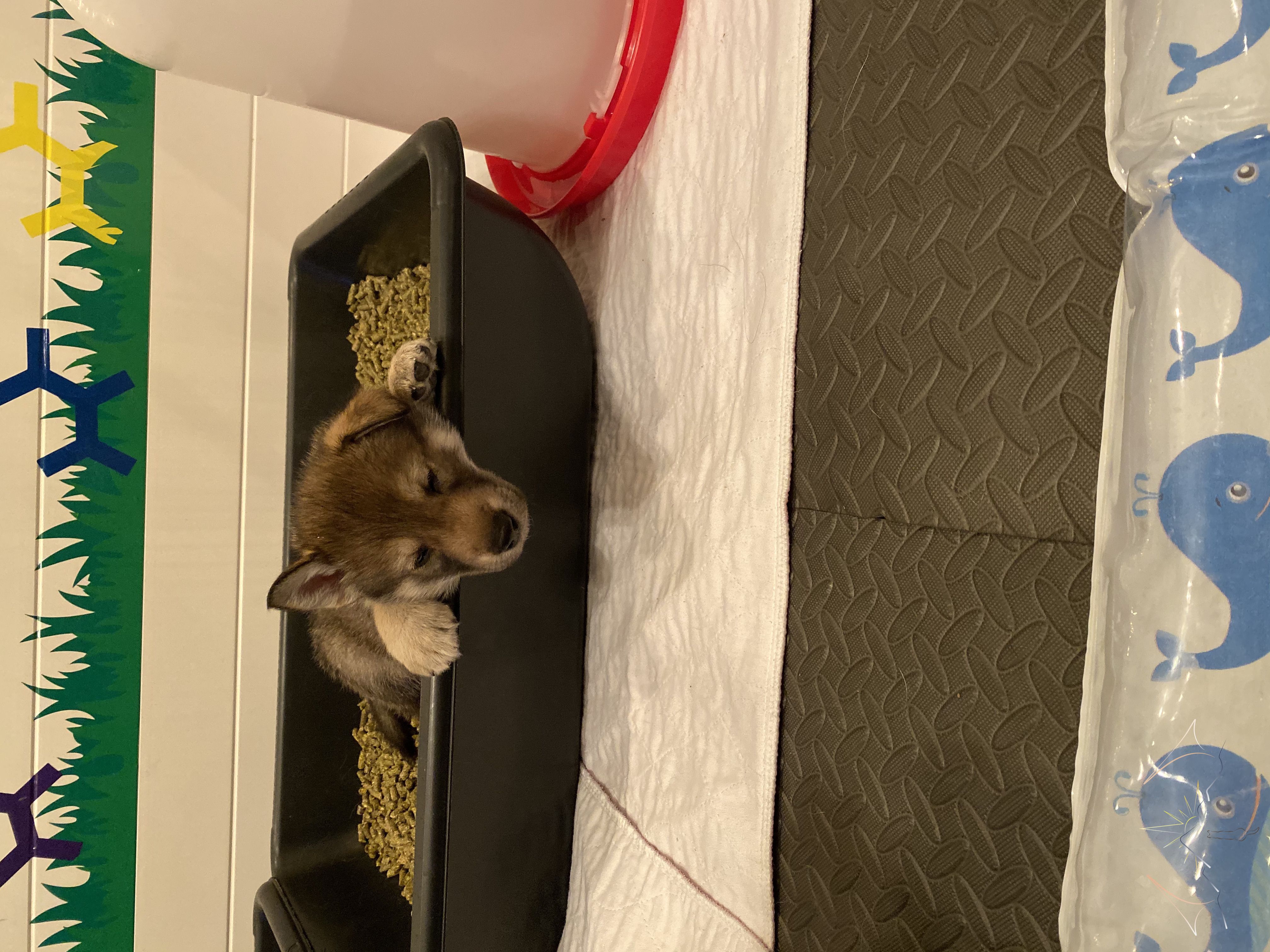
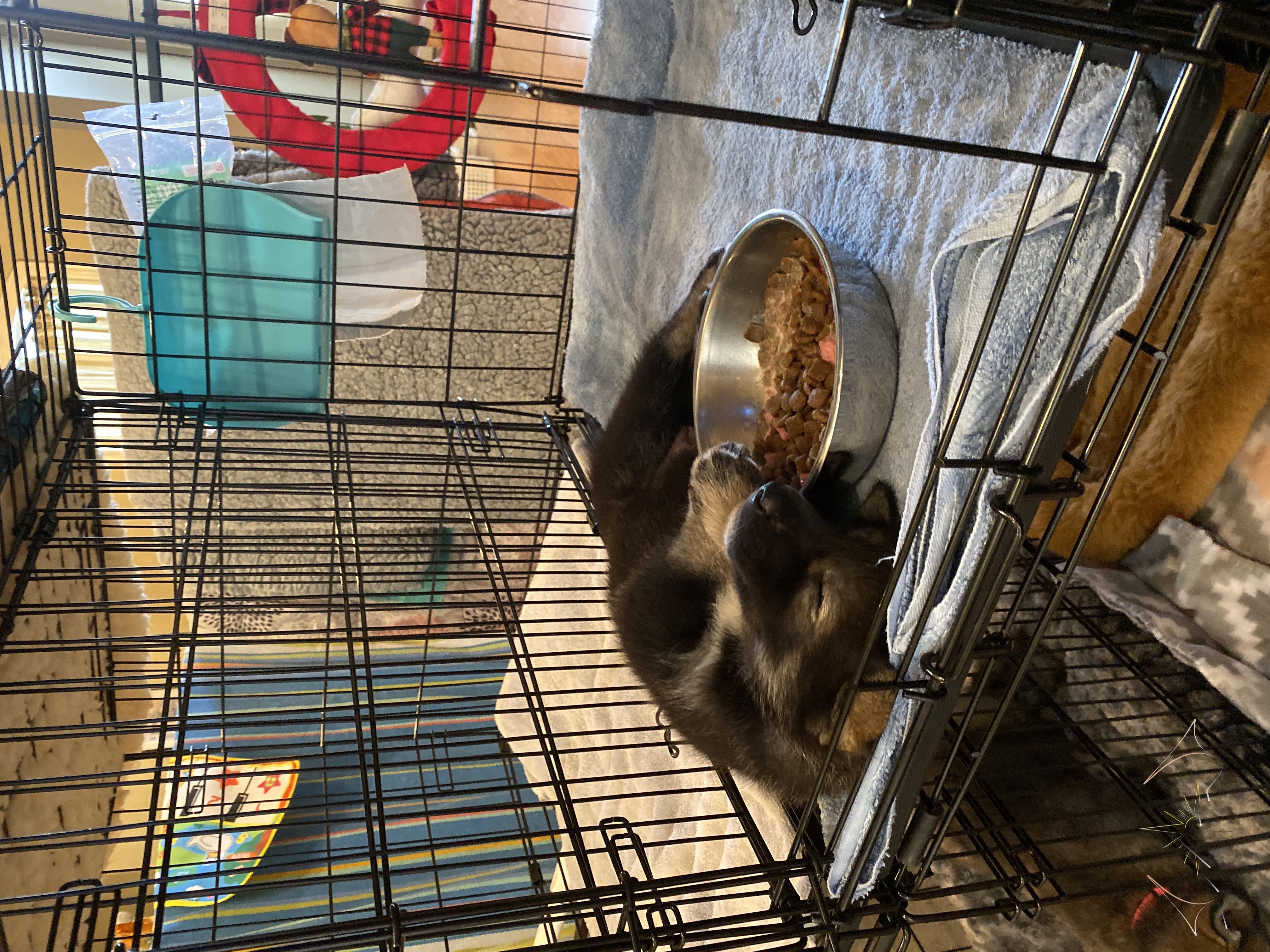
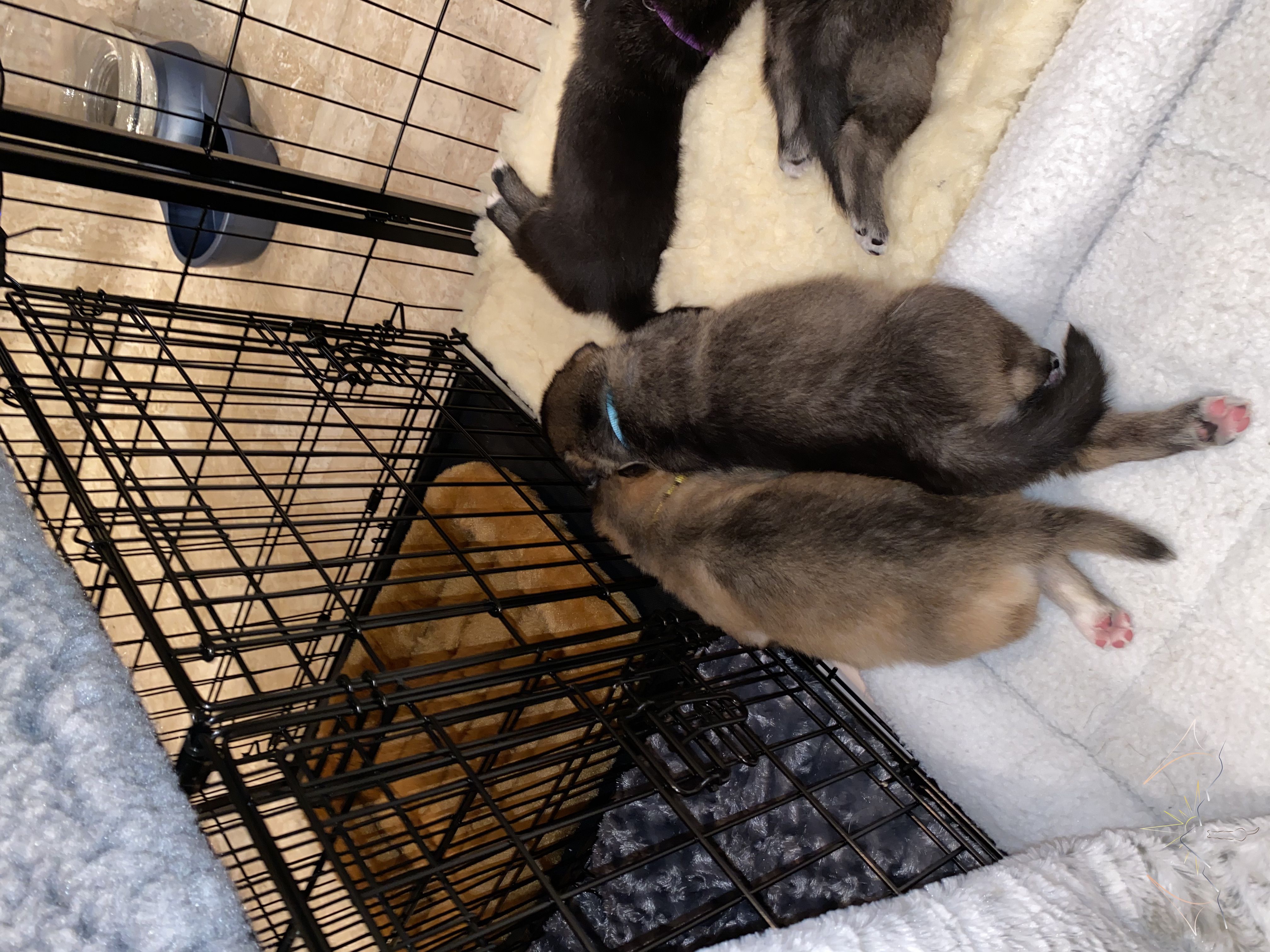
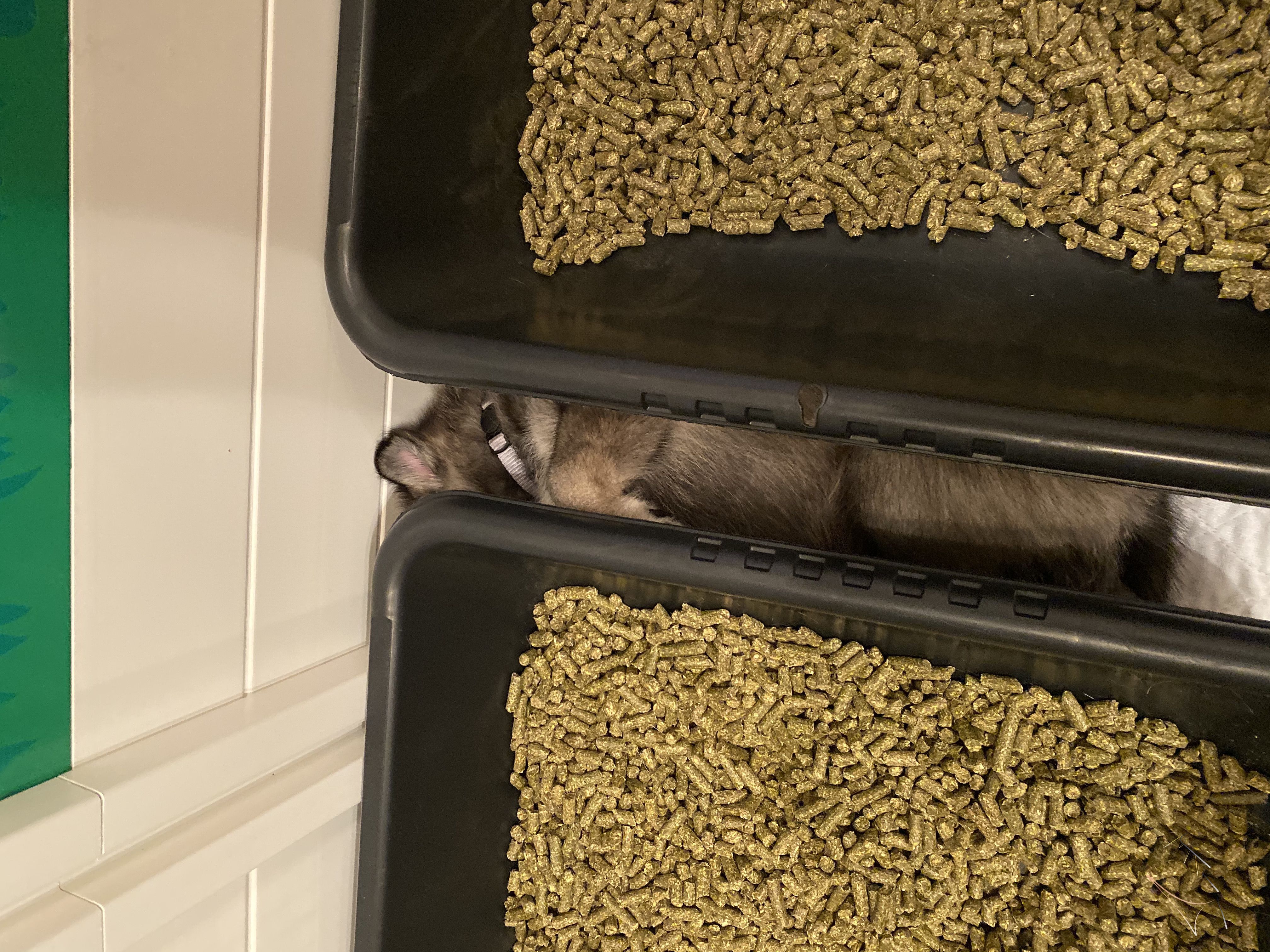
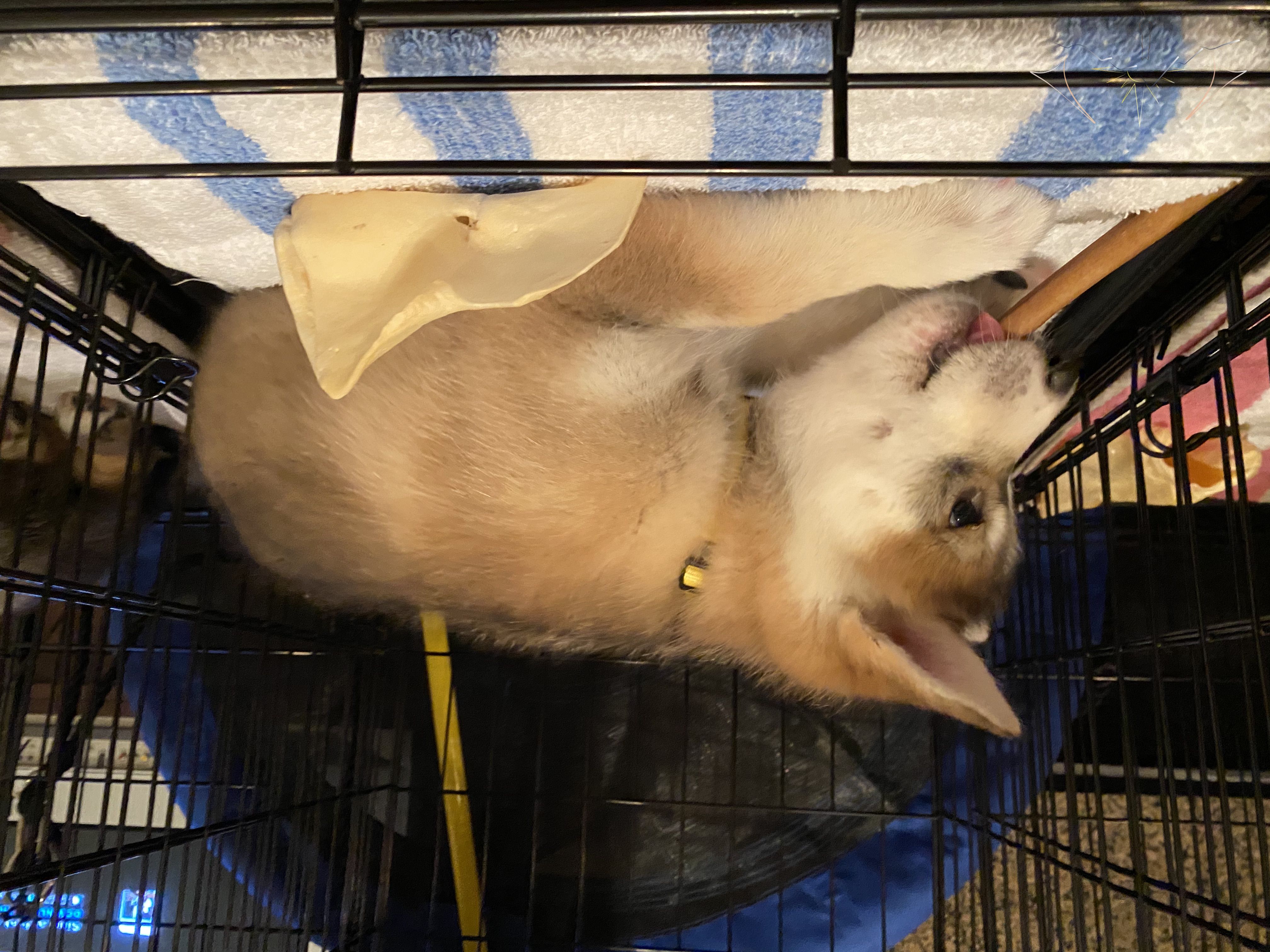
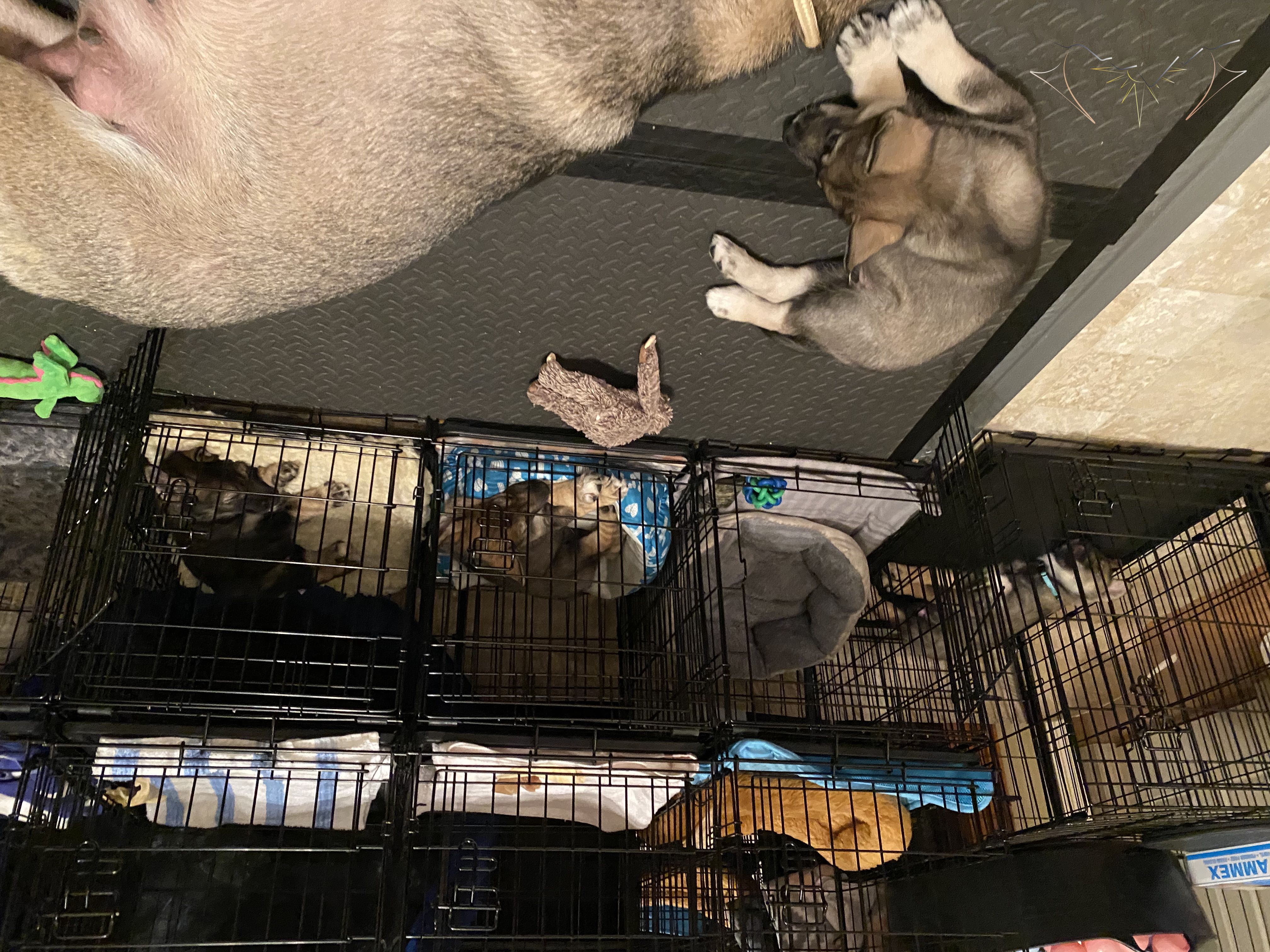
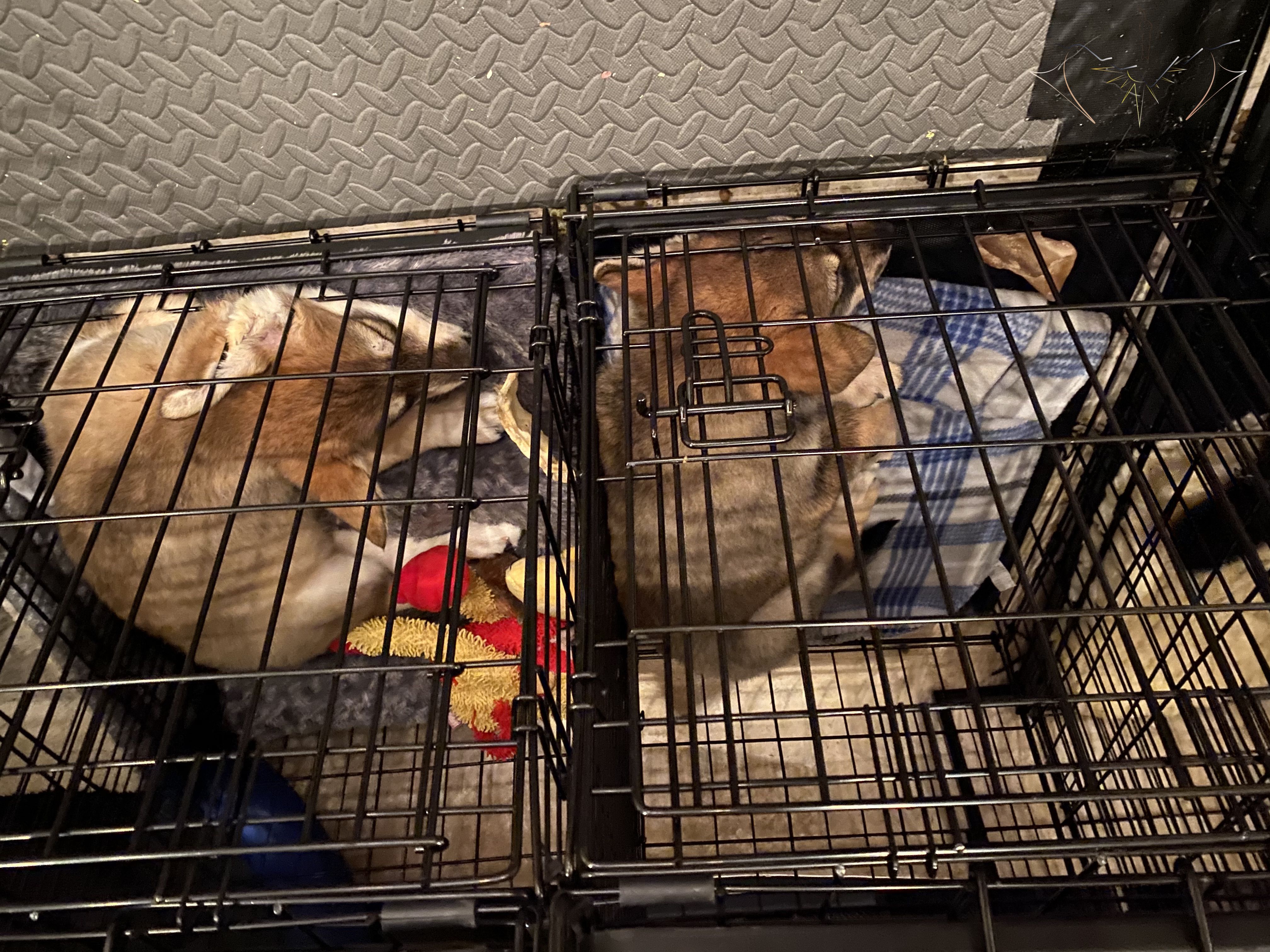
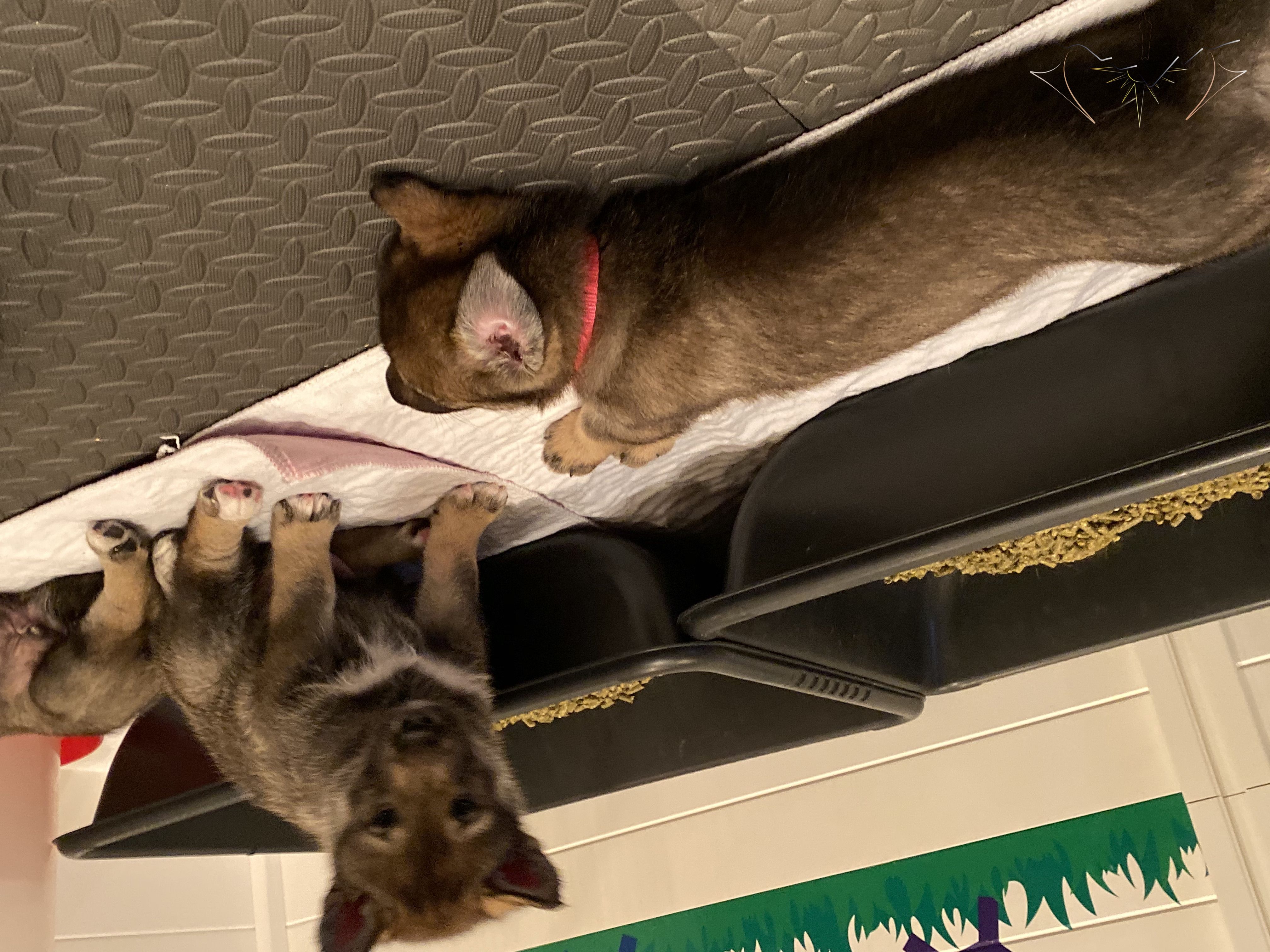
5~ Days & Beyond
Wait!
5~ Days & Beyond
Until Nuropaths close +
No such thing as accidents
Always, Every moment
Build them up
Positive interactions and habits will last a lifetime. Make the thing you want to promote fun but don't ever force it. Not everyone will be 100% every time you do something.
Always, Every moment
Each development stage
Subtle Expansion
We minimize drastic changes so they can keep up. Slowly giving more space while altering directions or schedules as little as possible.
Each development stage
7+ weeks
Duration with Development
